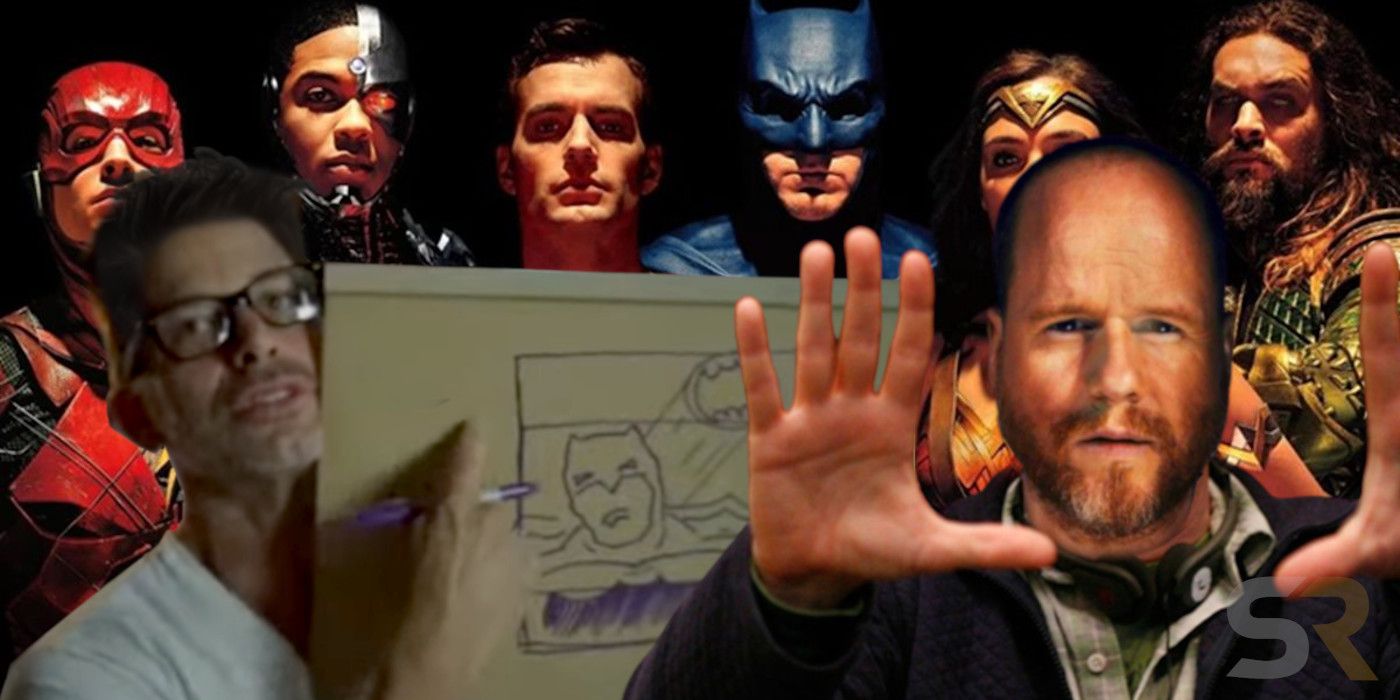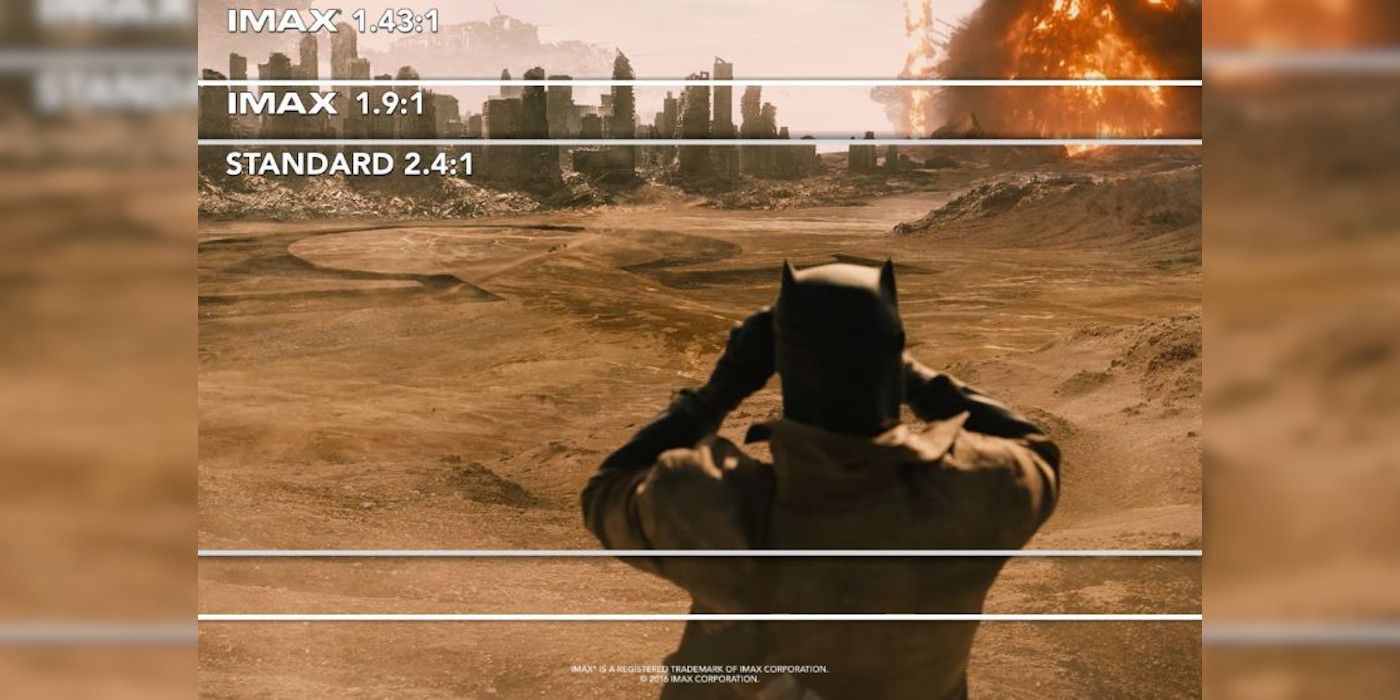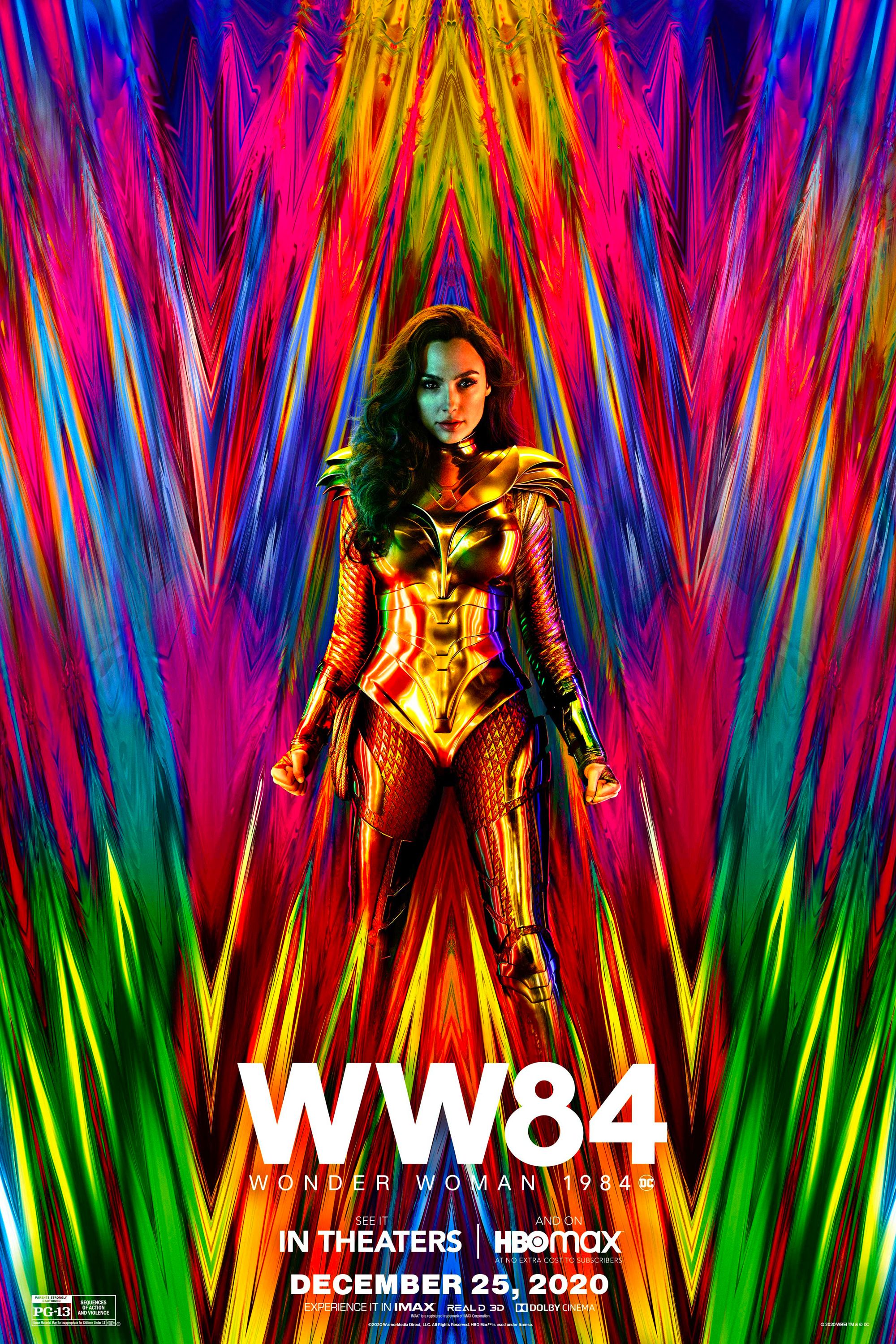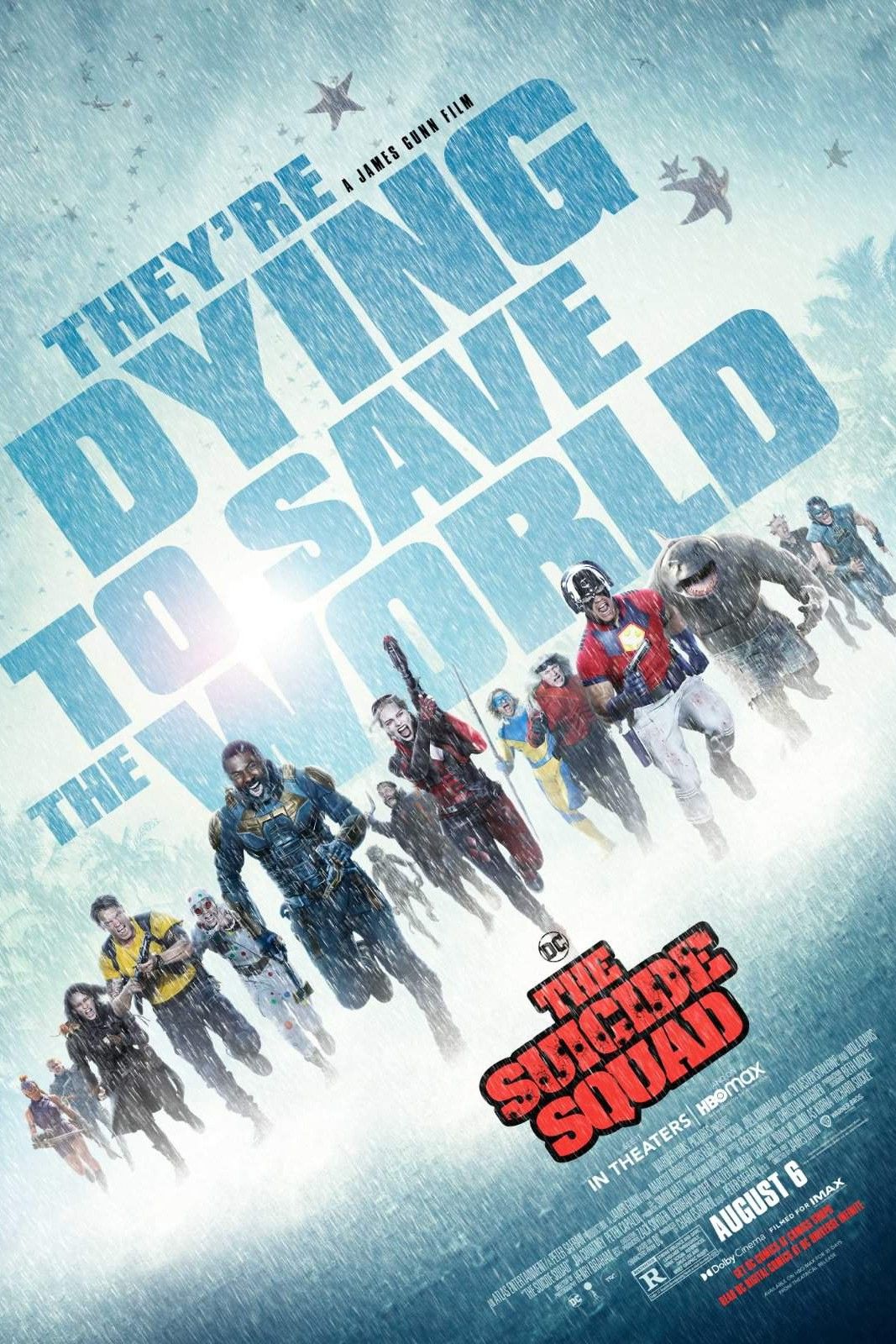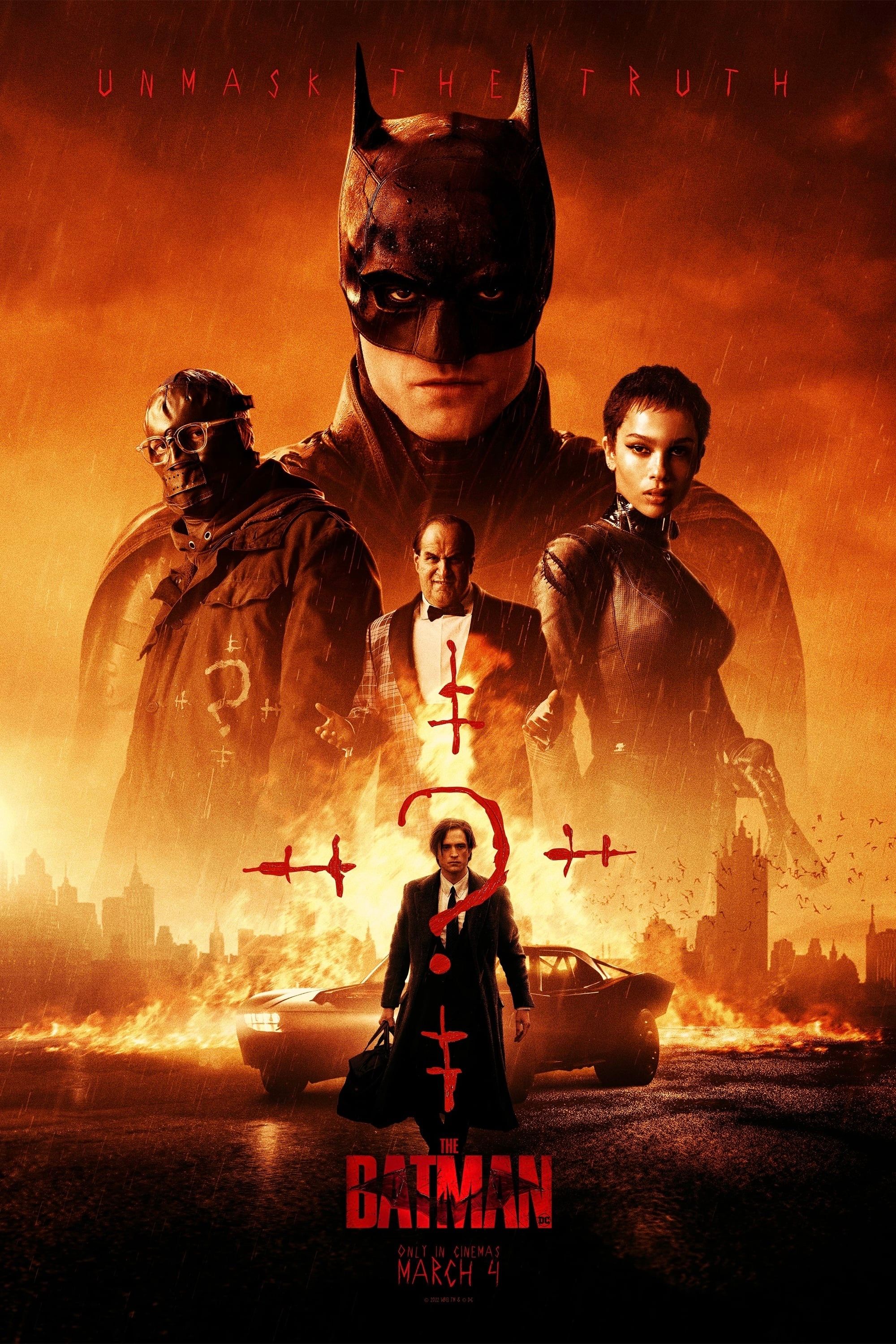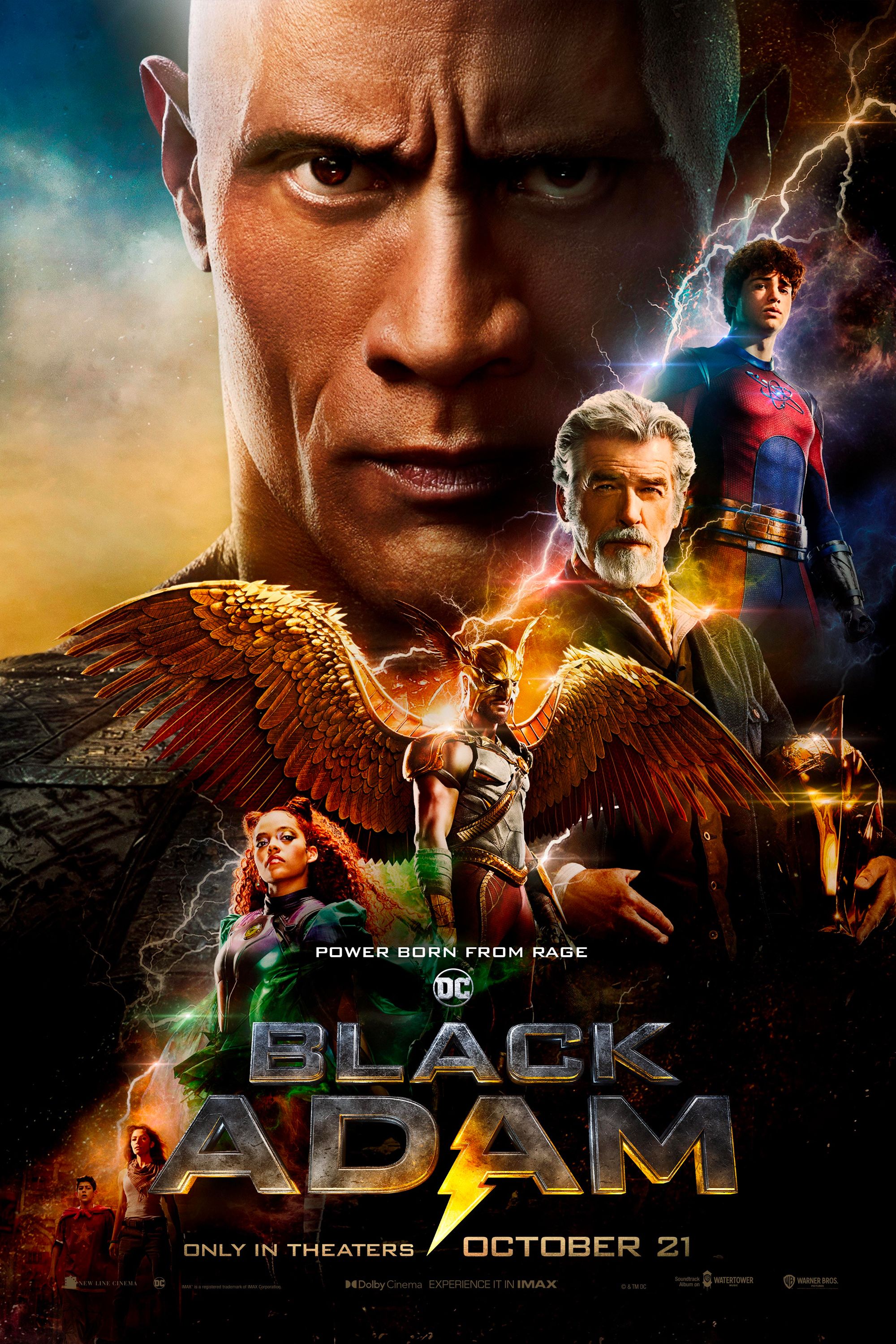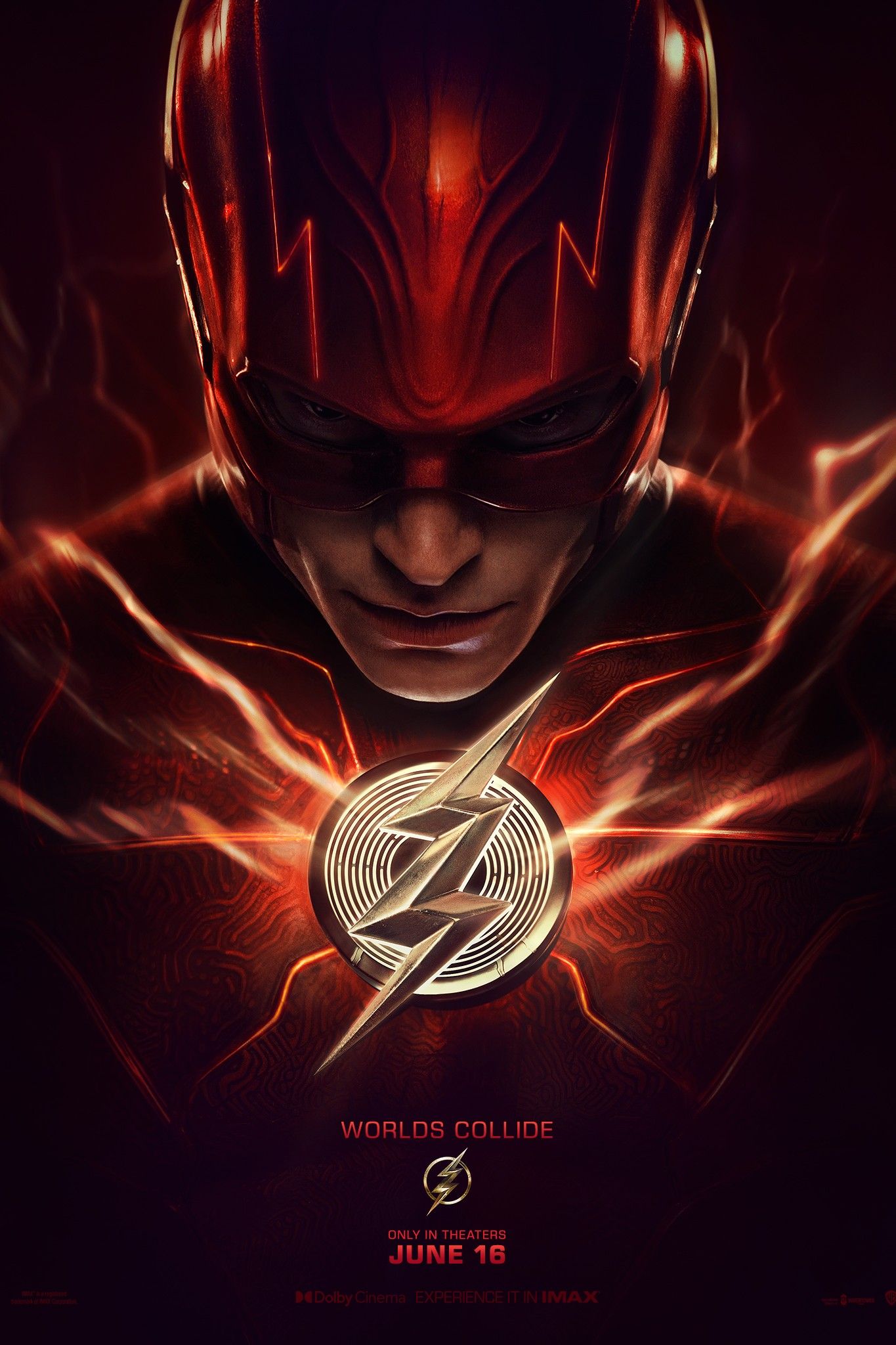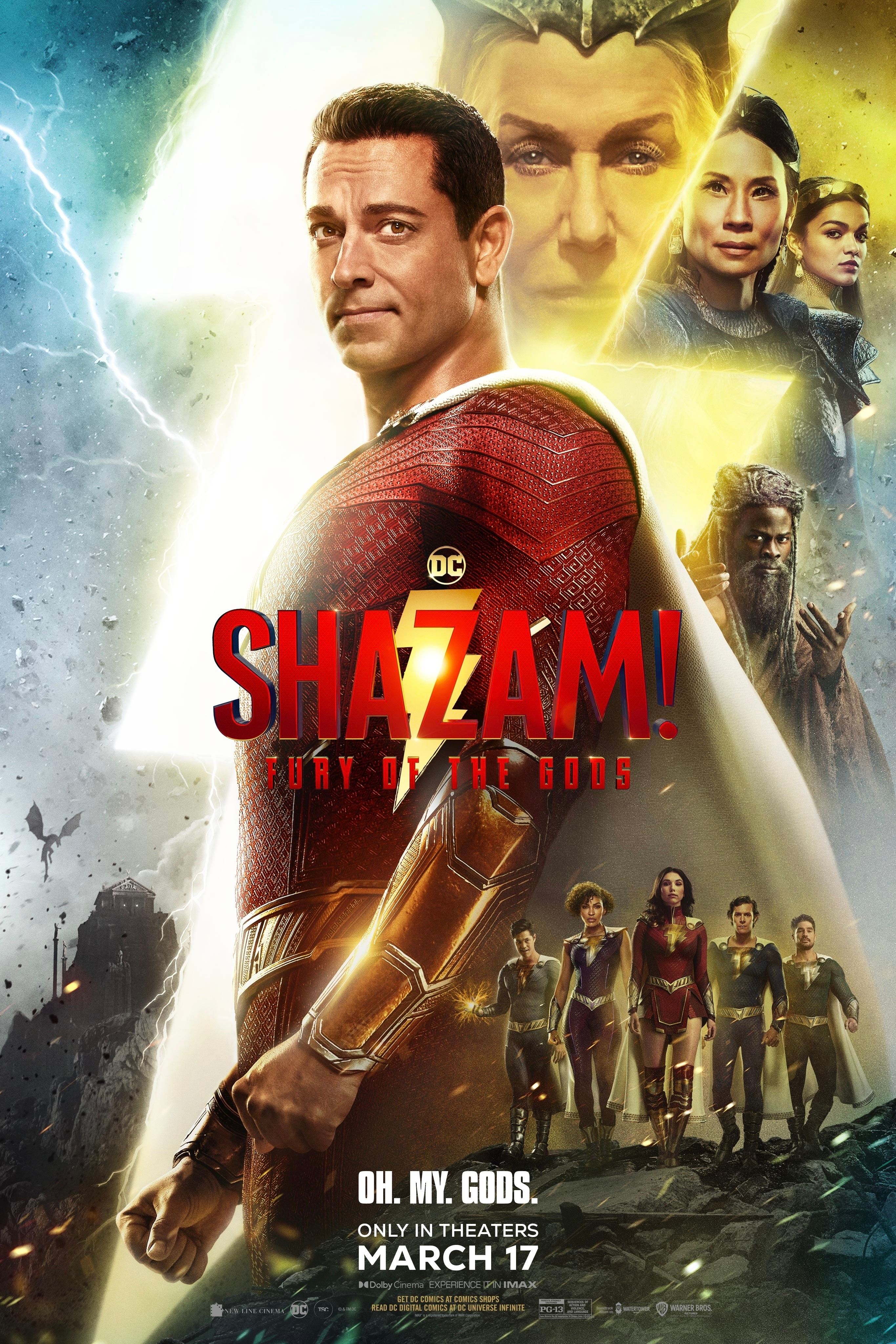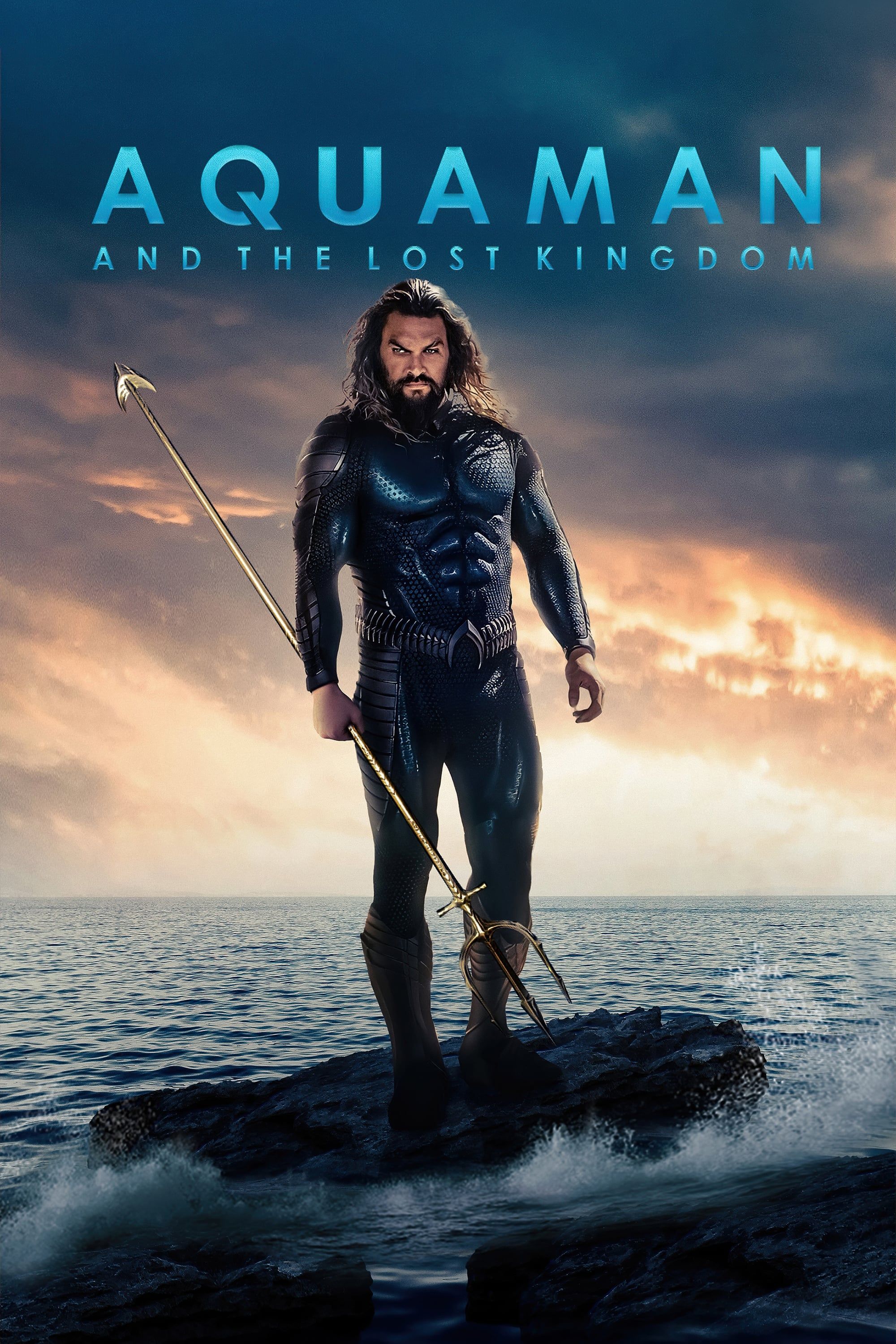Fans and critics have long maintained Justice League looked ugly, and that's partly due to a major aspect ratio change from Joss Whedon. After 2 1/2 years of campaigning, Zack Snyder's Justice League will be coming to HBO Max. The 2017 theatrical cut remains infamous for its troubled production, box office losses, and for disappointing legions of fans who had been anticipating the arrival of an on-screen Justice League for decades.
Much of the film's failure was put down to Joss Whedon, who took over directing duties from Snyder after he stepped down to deal with his daughter's death. Once in control, Whedon set about rewriting and reshooting the film, removing numerous storylines and axing characters such as Martian Manhunter (Henry Lennix) and even Darkseid (Ray Porter), who was originally planned as the central villain of the abandoned Justice League Part 2. These reshoots and post-production changes are often cited as part of the reason the final movie fared so poorly, along with numerous issues behind-the-scenes of Justice League.
But it wasn't just the writing, plot, and character changes that undermined the movie. Audiences were also underwhelmed by the look of the film, both in terms of the quality of the CGI, oversaturated color, and bland cinematography, with original cinematographer Fabian Wagner revealing he was so disappointed he cried while watching the theatrical cut, saying it "looked very different" to the version he worked on.
Now, Zack Snyder has shared more about his original vision for the movie, in turn revealing a lot about why Whedon's theatrical cut looked so ugly. At the inaugural Justice Con, Snyder confirmed that after being inspired by the IMAX scenes in Batman V Superman: Dawn of Justice, his version of Justice League was shot in a 1:43:1 IMAX aspect ratio, and will also stream in a much more square aspect ration on HBO Max (although it's not yet clear if it'll be 1.43:1 or 1.66:1).
This boxy format is designed for giant square IMAX-style screens as opposed to the widescreen horizontal slice most modern audiences are used to. This explains why much of the theatrical cut seemed so cluttered. Whedon shot the reshoots digitally (instead of on film like Snyder) in a widescreen format, meaning his shots wouldn't match the rest of the film without cropping down Snyder and Wagner's original photography, not only removing details at the top and/or bottom of each of Snyder's original frames, but also requiring an unnatural re-framing of Snyder's scenes into the new aspect ratio. The clip Snyder recently released of Wonder Woman discovering Darkseid demonstrates the original aspect ratio.
Synder went on to explain the reasoning behind his choice to shoot in a taller, more boxy aspect ratio, saying: "My intent was to have the movie, the entire film, play in a gigantic 1.43 aspect ratio on a giant IMAX screen. Superheroes tend to be, as figures, they tend to be less horizontal. Maybe Superman when he's flying. But when he is standing, he's more of a vertical. And so everything is composed and shot that way, and a lot of the restoration is sort of trying to put that back." The version of Justice League coming to HBO Max – which could appear in a TV show format – will not feature any of Whedon's reshoot footage and will instead restore the original aspect ratio, revealing the detail that was lost in the theatrical cut – though it's apparently quite an involved process to reinstate the scenes as they were. As Snyder explained: "It's literally a restoration project... there were certain scenes that were just f___ed up by the crop."
Whether Zack Snyder's Justice League's cinematography and new CGI will be an improvement over Justice League's terrible CGI remains to be seen, but in his Justice Con interview, Snyder seemed convinced the taller format does a lot to improve the visual impact of the movie. The director maintains he was "obsessed with the big square" the movie was shot in, and it seems many of the scenes were designed to fit that particular framing. That should mean the Snyder cut will look considerably more epic than its theatrical counterpart, with the director touting the Aquaman intro scene in Iceland as a particularly stunning example of how the larger format can help bring the film's environments to life. Whether critics and audiences will see it the same way has yet to be determined, but seeing a modern superhero blockbuster presented in a more square aspect ratio will be nothing if not interesting.

